The Rise of the Avocado: A Journey from Ancient Orchards to Global Superfood
- April 5, 2024
- 0 comment
Explore the avocado’s journey from obscure origins to global fame, delving into its rise in the US and enduring appeal across culinary traditions worldwide.
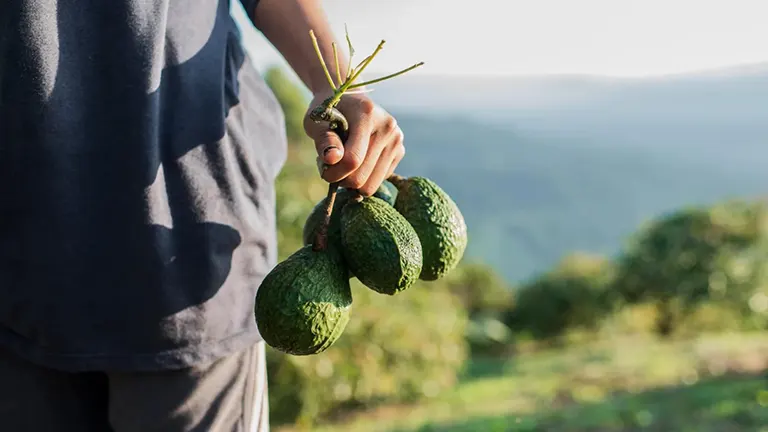
The avocado story is one of a meteoric rise from obscure origins to global stardom. This subtropical fruit, once unknown to much of the world, has become a staple in diets far beyond its native habitat. In the United States, the explosion of interest is most notable, with avocado consumption skyrocketing to four times the rate it was in the early 2000s. Despite the occasional dismissal as a temporary obsession of younger generations, the avocado’s popularity is not confined to any single demographic or culture. Its creamy texture, nutritional benefits, and versatility have secured its place on the global stage, making it a sought-after ingredient in a myriad of culinary traditions.
Origins: Tracing the Avocado’s Roots
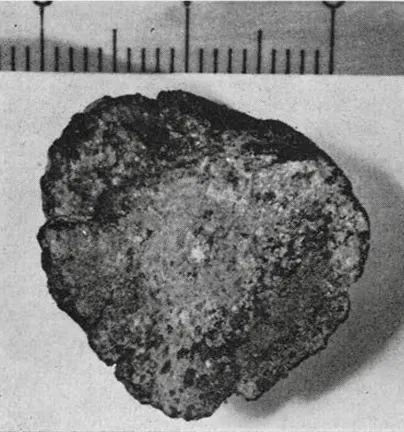
The story of the avocado traces back to the Taiwakhan Valley in present-day Mexico, a region that cradled the early stages of avocado cultivation. The discovery of a 10,000-year-old avocado pit in Coxcatlán Cave offers concrete evidence of its ancient presence and human use. Initially, wild avocados bore little resemblance to the flesh-rich fruits we relish today. They were smaller, with a higher seed-to-pulp ratio, and it was through centuries of selective breeding and cultivation that the avocado began its transformation. This process of artificial selection, carried out by the indigenous peoples of the region, gradually enhanced the fruit’s size, taste, and texture, leading to varieties more akin to those we enjoy today.
As avocados became more palatable and agriculturally viable, their cultivation spread from Mexico into other parts of Central and South America. This expansion was not just a matter of trade or farming practices but was deeply intertwined with the cultural and spiritual life of the people in these regions. The avocado’s journey from a wild, scarcely eaten berry to a domesticated staple of the Americas is a testament to the ingenuity and cultural sophistication of these early societies, setting the stage for the avocado’s eventual leap onto the global culinary scene.
Cultural and Spiritual Significance

In the heart of Mesoamerica and parts of South America, trees were not merely plants but held a profound spiritual significance, especially those bearing fruits like the avocado, revered across civilizations such as the Maya, Inca, and Aztecs. These societies placed the avocado in high regard, not just for its nutritional value but as a symbol of life and regeneration. The Maya particularly venerated the avocado, associating it with their ancestors and the cycle of life and death, often depicted in their art, mythology, and rituals as a representation of rebirth and fertility.
This veneration is evident in the Mayan civil calendar, where the 14th month is symbolized by an avocado glyph, highlighting its importance in their cultural zeitgeist. Historical artifacts, like the tomb of King Kʼinich Janaabʼ Pakal the Great, adorned with avocado tree depictions, further underscore the fruit’s prominence in their society. Avocados were a luxury coveted by the upper echelons of later Aztec society, demanding it from their tributaries, which hints at the origin of the modern word for the fruit, stemming from the Nahuatl word “ahuakatl.”
Beyond mere preference, these ancient cultures believed in the avocado’s power to imbue strength and promote fertility, embedding it deeply into their spiritual and daily lives. This holistic reverence transformed the avocado from a simple food item into a sacred symbol, integral to the agricultural and religious practices of Mesoamerican societies, thus encapsulating the avocado’s profound legacy in these ancient cultures.
European Encounter and Nomenclature
The European discovery of the avocado brought this Mesoamerican treasure to new shores. Spanish explorers in the 16th century were among the first Europeans to encounter the avocado, quickly recognizing its value and potential. The fruit’s journey across the Atlantic led to various interpretations and names as it integrated into European diets and horticulture.
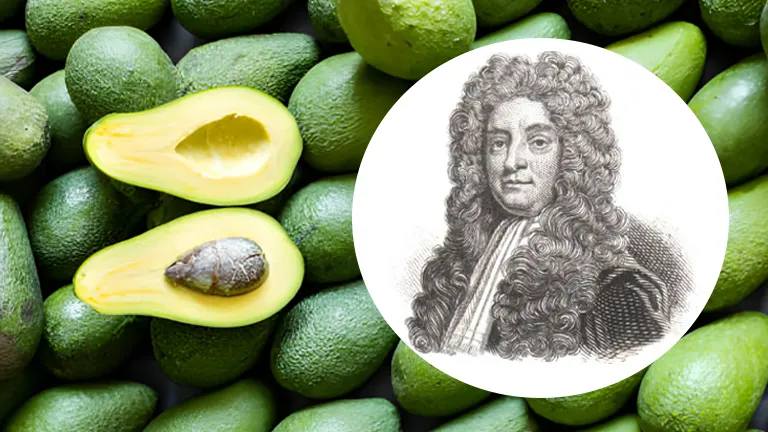
The term “avocado” itself underwent several transformations before gaining universal acceptance. Sir Hans Sloane, an English scientist and collector, played a crucial role in this linguistic journey. In 1696, he documented the fruit, referring to it as “avocado” in his writings, thereby cementing its identity in the English language and helping to standardize its name across Europe. This nomenclature marked a significant milestone in the avocado’s history, bridging the gap between its New World origins and Old World recognition, setting the stage for its global spread and acceptance.
Avocado’s Journey to Europe and Beyond
The avocado’s European debut in the early 17th century marked the beginning of its international voyage. Initially a rare and exotic delicacy in Spain, the fruit was a symbol of luxury and exoticism, enjoyed primarily by the affluent who valued its unique taste and purported health advantages.
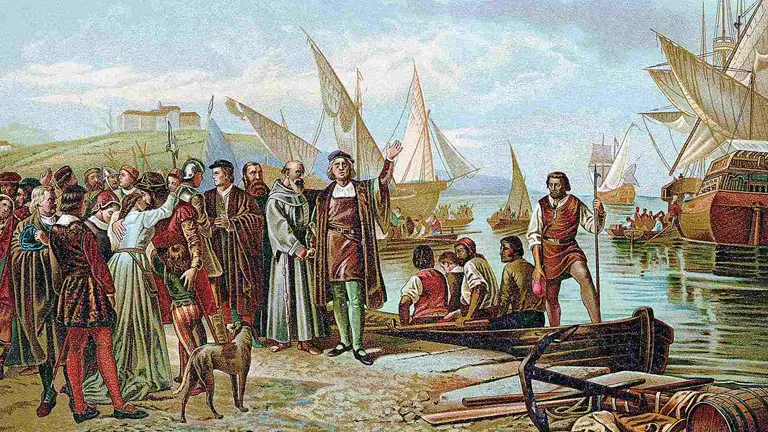
The widespread distribution of avocados across Europe was slow to materialize, hindered by the fruit’s sensitivity to transportation and the limited knowledge of its cultivation outside its native habitat. However, as maritime exploration and colonial ventures expanded, so too did the avocado’s reach. European traders and colonists brought avocados to various parts of the world, establishing them in regions with compatible climates, thus gradually integrating this New World fruit into global agricultural practices and diets.
America’s Avocado Adoption
The avocado’s ascent to culinary fame in the United States is a 20th-century success story. Before this time, the fruit was relatively unknown outside specific regions, often referred to by various names that reflected its exotic nature. The turning point came with agricultural advancements, notably grafting techniques, which allowed for the development of hardier and more productive avocado varieties. The Hass avocado, born from a single seedling in California, emerged as the most successful of these, now accounting for the majority of avocados consumed globally.
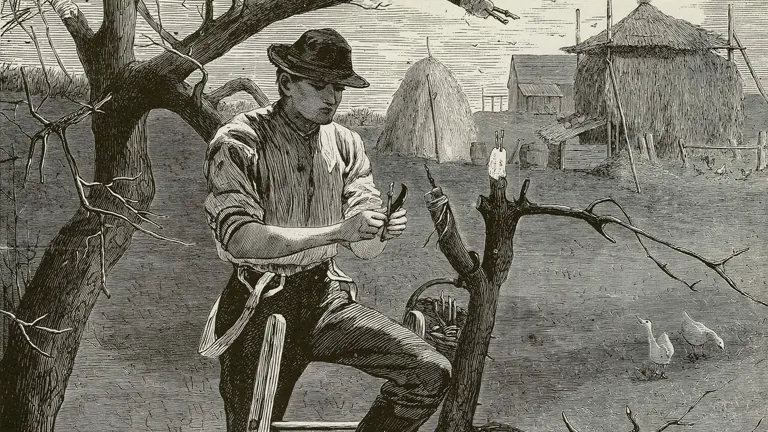
The widespread acceptance of avocados in America can also be attributed to the efforts of the California Avocado Association, which, in 1915, undertook a significant marketing campaign to unify the fruit under a single, appealing name: avocado. This initiative helped to elevate the fruit from a regional specialty to a national staple, paving the way for its integration into American cuisine and culture. The avocado’s journey from an obscure foreign novelty to a beloved component of American diets mirrors the broader trends of globalization and culinary fusion that have characterized the modern era.
Modern Era: The Avocado Boom
In the current landscape, Mexico stands as the titan of avocado production, contributing significantly to the fruit’s global supply. The rise of the avocado in the international market is nothing short of phenomenal, with its demand escalating in kitchens, restaurants, and supermarkets around the world.
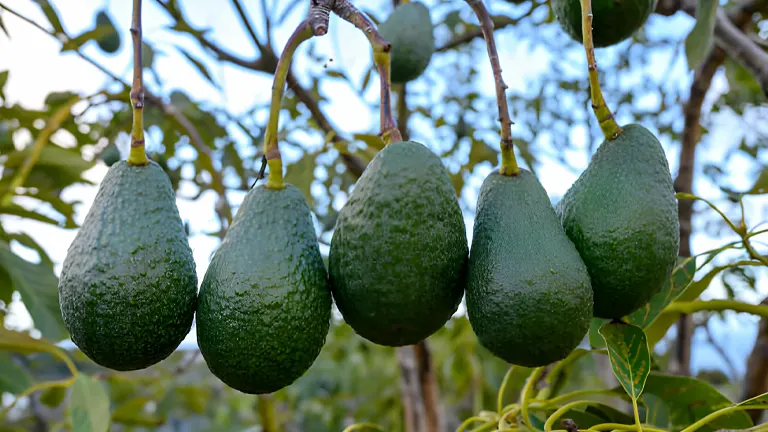
The Hass Avocado, in particular, has become synonymous with this boom, favored for its creamy texture, long shelf life, and year-round availability. However, this dominance comes with its own set of challenges. The reliance on a single variety like Hass has sparked concerns about the lack of genetic diversity, potentially leaving the global supply vulnerable to pests, diseases, and climate change impacts. The avocado industry now faces the critical task of balancing commercial success with sustainable practices to ensure the fruit’s resilience and diversity for future generations.
Conclusion: The Unstoppable Avocado
The avocado’s remarkable journey from the indigenous orchards of Mesoamerica to the global stage is a testament to its enduring appeal and adaptability. What began as a localized, wild fruit has transformed into a worldwide culinary sensation, beloved for its taste, versatility, and health benefits.
The story of the avocado encapsulates more than just a tale of agricultural success; it reflects the intricate dance of cultural exchange, economic development, and innovation that characterizes our globalized world. As the avocado continues to flourish on international menus and in home kitchens, its legacy as a symbol of cross-cultural connection and botanical wonder remains unshakable, securing its place as a true superfood in both history and modern palates.
More Articles You Might Enjoy:
- How to Grow Hass Avocado: Simple Steps for Beginners
- How to Fertilize Avocado Tree: A Step-by-Step Guide for Lush Growth
- How to Grow an Avocado Plant: From Seed to Sprout
FAQs
- What contributed to the rise of avocados?
The avocado’s popularity surged due to changing nutrition attitudes and a powerful marketing push, positioning it as a top fruit in the U.S., rivaling the apple. - Where did the avocado trend originate?
The avocado trend emerged alongside California cuisine in the 1990s, central to the farm-to-table movement, praised for its healthy fats and vitamin E content. - When did the avocado boom start?
The avocado boom in the U.S. began from 1997 to 2007 as Mexican avocados were progressively allowed into the market, initially in 19 Northeastern and Midwestern states during winter. - What is the origin of the avocado?
Avocados trace back to Mexico, with Mesoamerican tribes domesticating the avocado tree (Persea Americana) around 5,000 years ago. - Who was the first person to eat an avocado?
The first consumer of an avocado remains unknown, but it has been part of Mesoamerican culture for over 10,000 years. - Who introduced avocados to America?
Judge R.B. Ord of Santa Barbara brought avocados to the U.S. from Mexico in 1871, sparking interest in their commercial potential. - Why are avocados popular among Millennials?
Millennials favor avocados for their accessibility, tastiness, and health benefits, influenced by cultural exchange with Mexico. - What are some fun facts about avocados?
- Avocados ripen post-harvest.
- Lemon juice prevents their browning.
- A tree can yield about 60 lbs. of avocados yearly.
- Avocados contain healthy fats, more potassium than bananas, and are high in fiber.
- They are a popular first food for babies and a Super Bowl staple.
- How did avocados evolve?
Avocados evolved to have large seeds to accommodate dispersal by giant herbivores like the Lestodon in ancient South America. - Who consumes the most avocados?
Americans lead in avocado consumption, averaging 8.43 pounds each annually, with the U.S. being the largest importer of Mexican avocados. - Which country is the leading producer of avocados?
Mexico is the top producer, harvesting about 2.5 million tons in 2022.
We’ve peeled back the layers to reveal the fascinating journey of the avocado, from its ancient roots in Mexico to its current status as a global culinary superstar. But the story doesn’t end here – it continues with you. What’s your avocado experience? Have you discovered any unique recipes, or do you have stories about how this versatile fruit has influenced your diet and culture?
Share your thoughts and join the conversation below. Your insights could be the seed for our next exploration into the world of food history and culture. Let’s keep the dialogue vibrant and spread the avocado love far and wide. Comment, share, and let’s delve deeper into the green heart of the avocado phenomenon together!

David Murray
Forestry AuthorI'm David Murry, a forestry equipment specialist with a focus on chainsaw operation. With over 13 years of experience, I've honed my skills in operating and maintaining a wide range of machinery, from chainsaws to log splitters. My passion for the outdoors and commitment to sustainable forestry drive my work, which emphasizes safety, efficiency, and staying updated with industry advancements. Additionally, I'm dedicated to sharing my expertise and promoting environmental awareness within the forestry community.






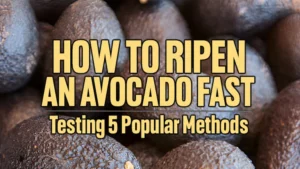

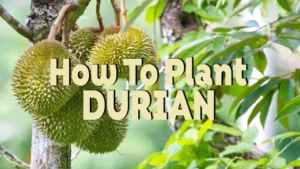



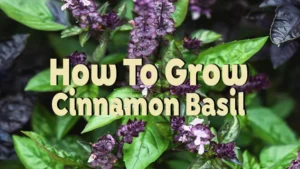
Leave your comment